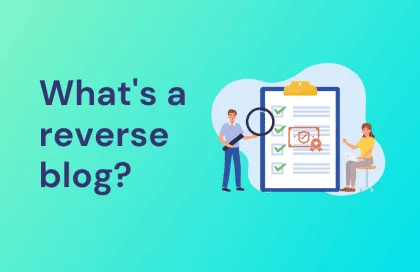Employee fraud represents a widespread problem capable of causing substantial financial losses and reputational harm to businesses, regardless of their size.
According to findings by ACFE, organizations across the globe suffer losses equivalent to an estimated 5% of their yearly revenues due to fraudulent activities. Even as businesses implement a range of security measures to safeguard themselves against external threats, the insidious nature of insider fraud often allows it to operate in the shadows until damage is done.
In this article, we focus on common employee fraud activities and explore effective methods for both detection and prevention. By shedding light on these fraudulent practices, we aim to equip businesses with knowledge and strategies to proactively address and mitigate these risks.
Procurement fraud
Procurement fraud involves employees manipulating the procurement process for personal gain or in collusion with external parties, such as vendors.
This can include inflating purchase orders, accepting bribes, or directing contracts to preferred vendors for personal benefit.
To address procurement fraud, organizations can conduct a SAP SOX audit specifically focused on procurement processes.
These audits can help ensure compliance with internal controls and regulatory requirements by thoroughly examining procurement transactions, vendor relationships, and contract management.
SAP SOX audits in procurement can play a crucial role in identifying irregularities, ensuring transparency, and preventing fraudulent activities.
By regularly conducting these audits, organizations can strengthen their procurement processes and mitigate the risks associated with insider fraud in this domain.
Embezzlement
Embezzlement is one of the most prevalent forms of insider fraud. It occurs when an employee misappropriates company funds or assets for personal gain.
Common tactics include forging checks, creating fake vendor accounts, or diverting customer payments into personal accounts.
To prevent and detect embezzlement, organizations can implement several strategies.
These include:
- Segregating duties to reduce the chances of a single person having too much control
- Conducting regular financial audits to detect irregularities, and
- Educating employees about the consequences of embezzlement
Do all these while establishing a clear code of conduct and ethics policy for your team.
Payroll fraud
Payroll fraud involves manipulating the payroll process to generate unauthorized payments or inflate salaries.
Employees may add fake employees to the payroll system, alter hours worked, or manipulate tax withholdings.
To prevent and detect payroll fraud, organizations should implement a stringent verification process for new hires, including background checks and references.
Conducting periodic audits of the payroll system can help identify discrepancies or anomalies, and implementing a robust time and attendance system can track employee hours accurately, preventing time theft.
Expense account fraud
Expense account fraud occurs when employees submit false or inflated expense reports for reimbursement.
This can include fabricated receipts, exaggerated expenses, or unauthorized personal payments billed to the company.
To address this type of fraud, organizations should develop clear and comprehensive expense policies that specify allowable expenses and documentation requirements.
Implementing an automated expense management system to validate expenses and flag irregularities can also be effective, as can conducting random audits of expense reports to discourage fraudulent submissions.
Vendor fraud
Vendor fraud involves collusion between employees and external vendors. This typically includes overbilling, kickbacks, or accepting bribes in exchange for favorable treatment in the procurement process.
To prevent and detect vendor fraud, organizations should conduct thorough due diligence when onboarding new vendors, including background and reference checks.
Implementing strict procurement controls, such as requiring multiple approvals for vendor payments, can also help. Additionally, establishing a confidential whistleblower program that allows employees to report suspicious activities without fear of retaliation can be a valuable tool.
Data and intellectual property theft
Employee data and intellectual property theft can have severe consequences, especially in technology and creative industries.
This fraud involves employees stealing sensitive data, trade secrets, or proprietary information for personal gain or to benefit a competitor.
To address data and intellectual property theft, organizations should restrict access to sensitive data and intellectual property to only those who need it for their job.
Employee monitoring, including tracking network and computer activity, can help detect unauthorized access or data transfers.
Requiring employees to sign non-disclosure agreements (NDAs) that legally bind them from sharing or using company information for personal gain is another essential preventive measure.
Conclusion
Employee fraud poses a significant threat to businesses, both financially and reputationally.
To effectively deal with common employee fraud activities, organizations must implement a comprehensive approach that includes prevention, detection, and response strategies.
By promoting a culture of integrity, establishing robust internal controls, and leveraging technology to monitor and detect fraudulent activities, businesses can significantly reduce their vulnerability to insider fraud.
It’s essential to remember that employee fraud is not solely an HR or security issue but a pervasive threat that requires the vigilance and commitment of the entire organization to combat it effectively.






